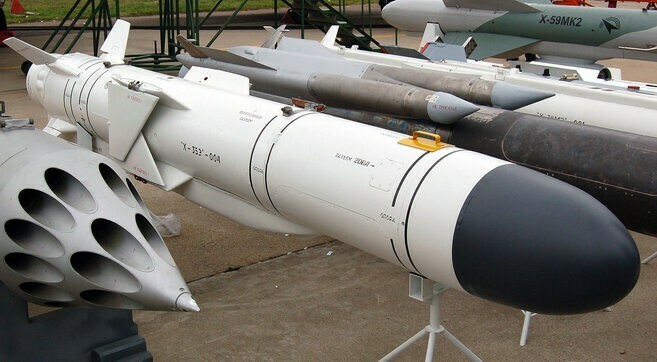Earlier this month, North Korea watchers and media noticed a very brief segment of a North Korean military documentary that shows the launch of what appears to be a Kh-35 Uran anti-ship missile.
The majority of coverage thus far has focused on proliferation (including where North Korea may have gotten the missile) and potential future development by the North, as well as technical details, political implications and even whether North Korea really has such missiles or if the footage is pure propaganda. These have all been useful analyses, but there is another aspect to consider as well: strategy. More precisely, what is Pyongyang’s reason for showing the missile footage at all, and what effects will the revelation have?
Earlier this month, North Korea watchers and media noticed a very brief segment of a North Korean military documentary that shows the launch of what appears to be a Kh-35 Uran anti-ship missile.
The majority of coverage thus far has focused on proliferation (including where North Korea may have gotten the missile) and potential future development by the North, as well as technical details, political implications and even whether North Korea really has such missiles or if the footage is pure propaganda. These have all been useful analyses, but there is another aspect to consider as well: strategy. More precisely, what is Pyongyang’s reason for showing the missile footage at all, and what effects will the revelation have?
Become a member for less
than $5.75 per week.
Unlimited access to all of NK News: reporting, investigations, analysis
The NK News Daily Update, an email newsletter to keep you in the loop
Searchable archive of all content, photo galleries, special columns
Contact NK News reporters with tips or requests for reporting
Get unlimited access to all NK News content, including original reporting, investigations, and analyses by our team of DPRK experts.
Subscribe now
All major cards accepted. No commitments – you can cancel any time.












